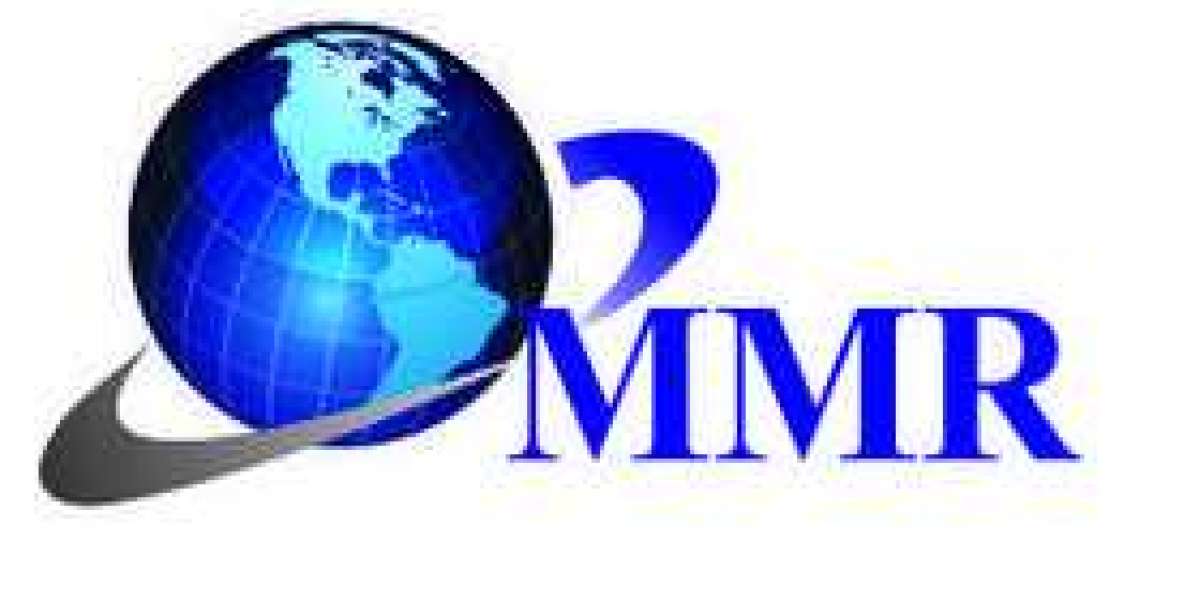Introduction:
The healthcare industry has always been at the forefront of technological advancement, and printing technology is no exception. From printing custom prosthetics to creating 3D models of internal organs, the use of printing in healthcare has come a long way in recent years.
Benefits of Healthcare Printing: There are numerous benefits to using printing technology in healthcare. One of the most significant advantages is the ability to create customized solutions for patients. For example, 3D printing allows for the creation of customized prosthetics that fit a patient's specific needs, rather than relying on a one-size-fits-all approach.
Another benefit of healthcare printing is the ability to create accurate and detailed models of internal organs and body parts. These models can be used by doctors and surgeons to plan and practice complex procedures, reducing the risk of complications during actual surgery.
In addition to these benefits, healthcare printing can also be used to create medication and dosage forms that are tailored to an individual patient's needs. This can be especially useful for patients with special needs, such as pediatric patients or those with difficulty swallowing pills.
Types of Printing Technology Used in Healthcare:
There are several different types of printing technology used in the healthcare industry. These include:
3D printing: This type of printing uses a digital file to create a physical object by laying down layers of material. In healthcare, 3D printing can be used to create prosthetics, implants, and models of internal organs.
Inkjet printing: Inkjet printing uses jets of ink to create images on a surface. In healthcare, this type of printing is often used to create customized medication and dosage forms.
Laser printing: Laser printing uses a laser beam to transfer an image onto a surface. In healthcare, laser printing is often used to create labels and packaging for medication and medical devices.
Thermal printing: Thermal printing uses heat to transfer ink onto a surface. In healthcare, thermal printing is often used to create labels and packaging for medication and medical devices.
Conclusion:
Healthcare printing is a vital component of modern medicine, offering numerous benefits to both patients and healthcare professionals. From creating customized prosthetics to creating accurate models of internal organs, the use of printing technology in healthcare has the potential to revolutionize the way we approach medical care.







